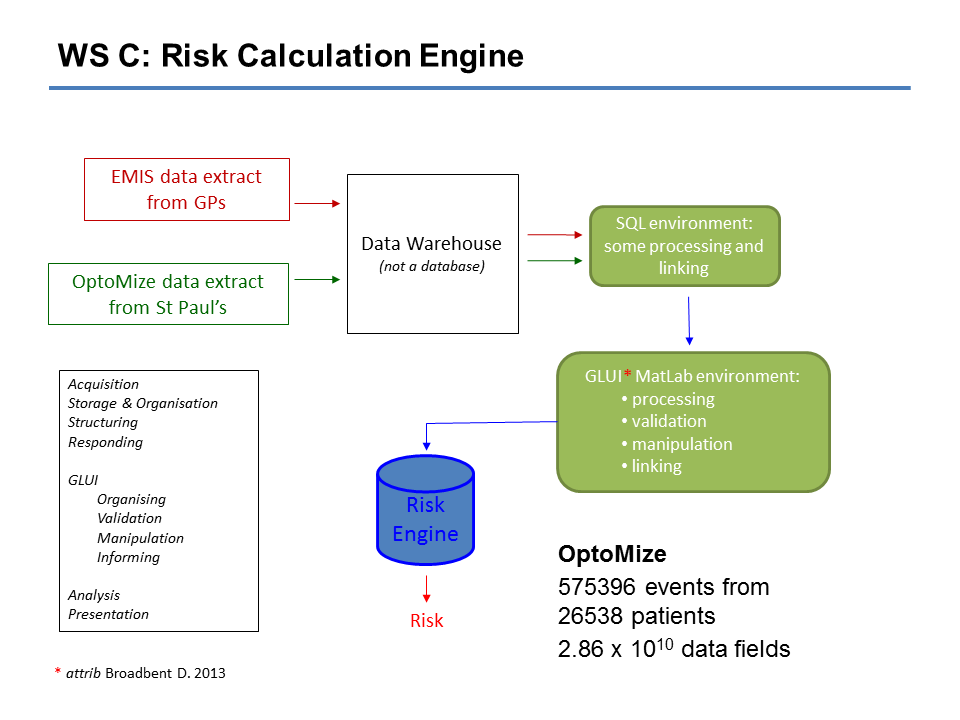

Under Select the sign-in risk level this policy will apply to. Under Conditions > Sign-in risk, set Configure to Yes.Under Cloud apps or actions > Include, select All cloud apps.Under Exclude, select Users and groups and choose your organization's emergency access or break-glass accounts.Under Assignments, select Users and groups.We recommend that organizations create a meaningful standard for the names of their policies. Browse to Azure Active Directory > Security > Conditional Access.


If the users are not registered for MFA, their risky sign-ins will get blocked and presented with the AADSTS53004 error. The Sign-in risk-based policy protects users from registering MFA in risky sessions. Configuration using a Conditional Access policy is the preferred method providing more context including enhanced diagnostic data, report-only mode integration, Graph API support, and the ability to utilize other Conditional Access attributes in the policy. There are two locations where this policy may be configured, Conditional Access and Identity Protection. Organizations with Azure AD Premium P2 licenses can create Conditional Access policies incorporating Azure AD Identity Protection sign-in risk detections. You may want to block that user or maybe just ask them to perform multi-factor authentication to prove that they are really who they say they are.Ī sign-in risk represents the probability that a given authentication request isn't authorized by the identity owner. Most users have a normal behavior that can be tracked, when they fall outside of this norm it could be risky to allow them to just sign in.


 0 kommentar(er)
0 kommentar(er)
